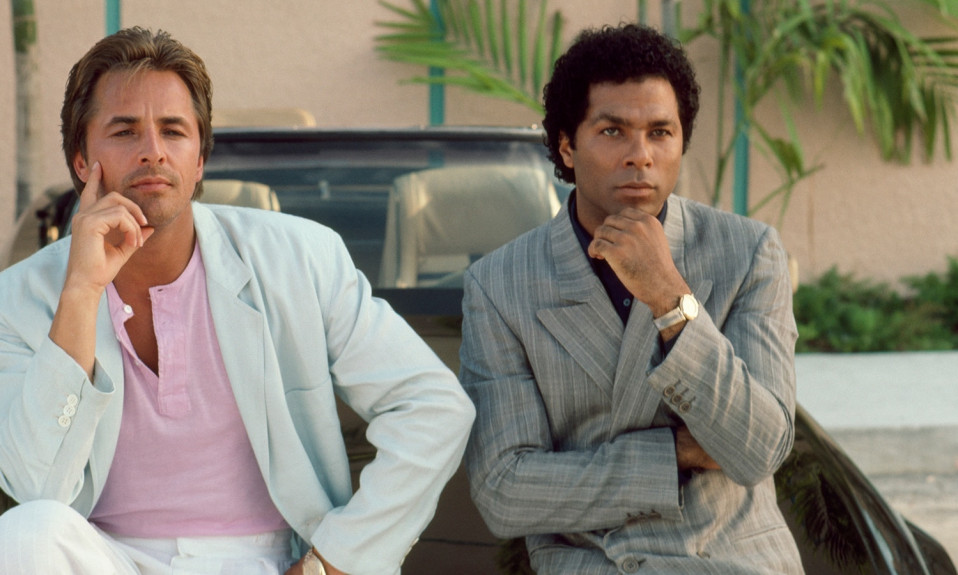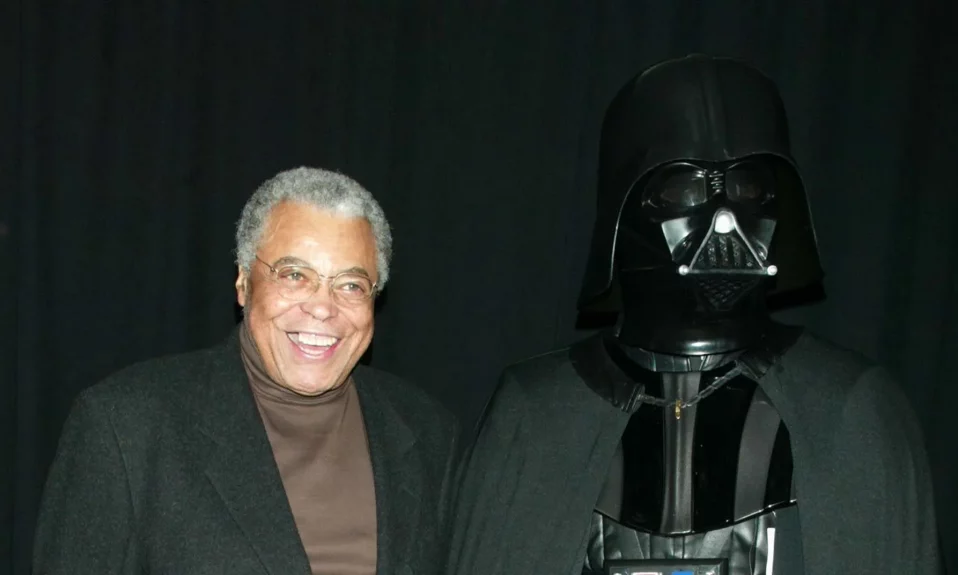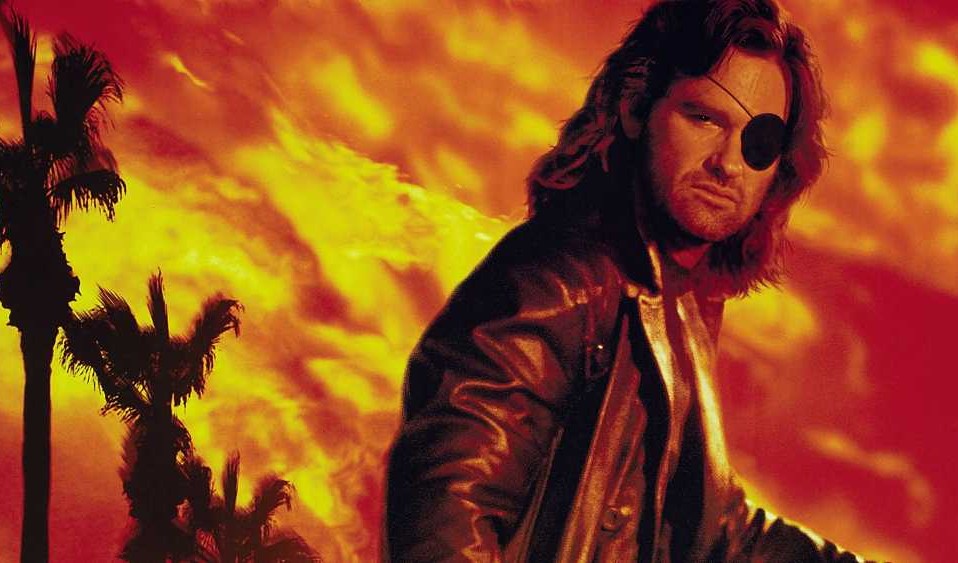Ripping through concrete under the night sky of Miami in a black Ferrari Daytona Spyder, Det. Ricardo “Rico” Tubbs (Philip Michael Thomas) looks over to his partner Det. James “Sonny” Crockett (Don Johnson) who pays attention to the street while fixing his hair, the background sound is completely removed while Phil Collins’ ‘In the Air Tonight’ (1981) plays in what would become part of TV history as the most memorable scene of 80’s quintessence, the ‘Miami Vice’ (1984 – 1989) series which was created by Anthony Yerkovich and has legendary film auteur Michael Mann as executive producer.
A moment so remarkable, that it got tied to an already powerful song and years later the same track is still used in TV ads, series, videogames, movies, sports events and so on, to the point it became a cultural standard; from the top of my head, I recall the series ‘Halo’ trailer with Collins’ creation. The images mentioned above go beyond the ‘MTV Cops’ as ‘Miami Vice’ was described but are more akin to the works of Italian maestro Michelangelo Antonioni (The Eclipse, 1962), in the way he shot landscapes and spatial relationships between characters, but aimed for America’s mainstream audiences.
The cinematography and sound were adjusted by the rise of the New Wave culture giving it a fresh vibe while the Art Deco revival made it easier to differentiate Miami from other cities. The premiere season had fifteen Emmy Awards nominations, turning the pastels clad Johnson and Thomas into global superstars.
As a neo-noir tale, it was influenced by the noir pictures from the past but also by European arthouse, westerns, samurai and blaxploitation films, the last exemplified by the recurring appearances of Pam Grier as Tubbs’ unfulfilled love interest, and to stay on the diversity department, it was ahead of the curve considering the racial and ethnic demographic of Miami.
Known faces showed up as an upcoming Bruce Willis in his first role or the already legendary Eartha Kitt, Bringing her credibility. The soundtrack features heavy hitters like Tina Turner and Depeche Mode, record companies and musicians wanted to have their work on the show, but the main name behind its sonorous success is Czech American musician Jan Hammer who achieved Billboard #1 with the synth-pop show’s theme. 80s South Florida was the place to be.
Not only did the show have numerous famous guest actors, but a budget of around US$ 1.3 million per episode, one of the most expensive of its era. This expense is reflected in the show’s soundtrack, wardrobe and production design costs. Miami Vice feels like the real start of colour TV with pioneering visual and sound narratives.

Although having great popularity during its day and being a beloved document of 80’s society and culture, Miami Vice fell into obscurity being unfairly pigeonholed as the face of the decade’s excesses and shallowness.
A Cultural Event Influential To This Day
Nevertheless, in 2006, New York Times critic Alessandra Stanley pointed it out as “a revolutionary series” and its impact on cinematography and soundtrack usage can be felt in the modern era. The product is closer to artistry pictures than to its contemporary action-driven outings, its influence is not only on movies and TV but also on fashion, architecture, aesthetics, video gaming, and sports and can be felt in the city of Miami itself.
Still, the show is way more layered than what critics labelled ‘style over substance,’ because as Stanley puts it: “Television has lost an 80’s attribute that Miami Vice epitomized: the ability to be serious and playful at the same time.” It touches on serious subjects such as LGBTQIA+ identity, racism and suicide without being lecturing or preachy as happens in our divisive times.
One of the contributions of Miami Vice is showing that a cast composed of diverse talent can enhance the experience and it is a formula ahead of its time which is now part of the blockbusters that are aiming for global success.
Still, Miami Vice’s main contribution might be felt on cinema and prestige TV such as in scenes where the background is replaced by a soundtrack as in Mann’s pictures like ‘Heat,’ ‘The Last of the Mohicans’ and ‘Collateral’ and Mann is also known for showing how a stressful work-life can damage the psychological aspects of humans as in the series and in his picture ‘The Insider.’
In TV, one example of Vice’s grasp happens in ‘Euphoria’s (2019 – ) choice of tunes such as when it plays Depeche Mode’s ‘Never Let Me Down Again’ to portray the relationship between two young characters. Moments that can tell a powerful story by relying on cinematography, soundtrack and actors capable of acting with few words as Johnson and Thomas making those minutes more than just a video clip but a complete narration.
Michael Mann is one of the best auteurs from American cinema and the way he utilizes sound and cinematography which went on to influence other filmmakers shows how influential Miami Vice is and without it the landscape would sound and feel completely different.
Also Read: The Evolution of the Murder Mystery












